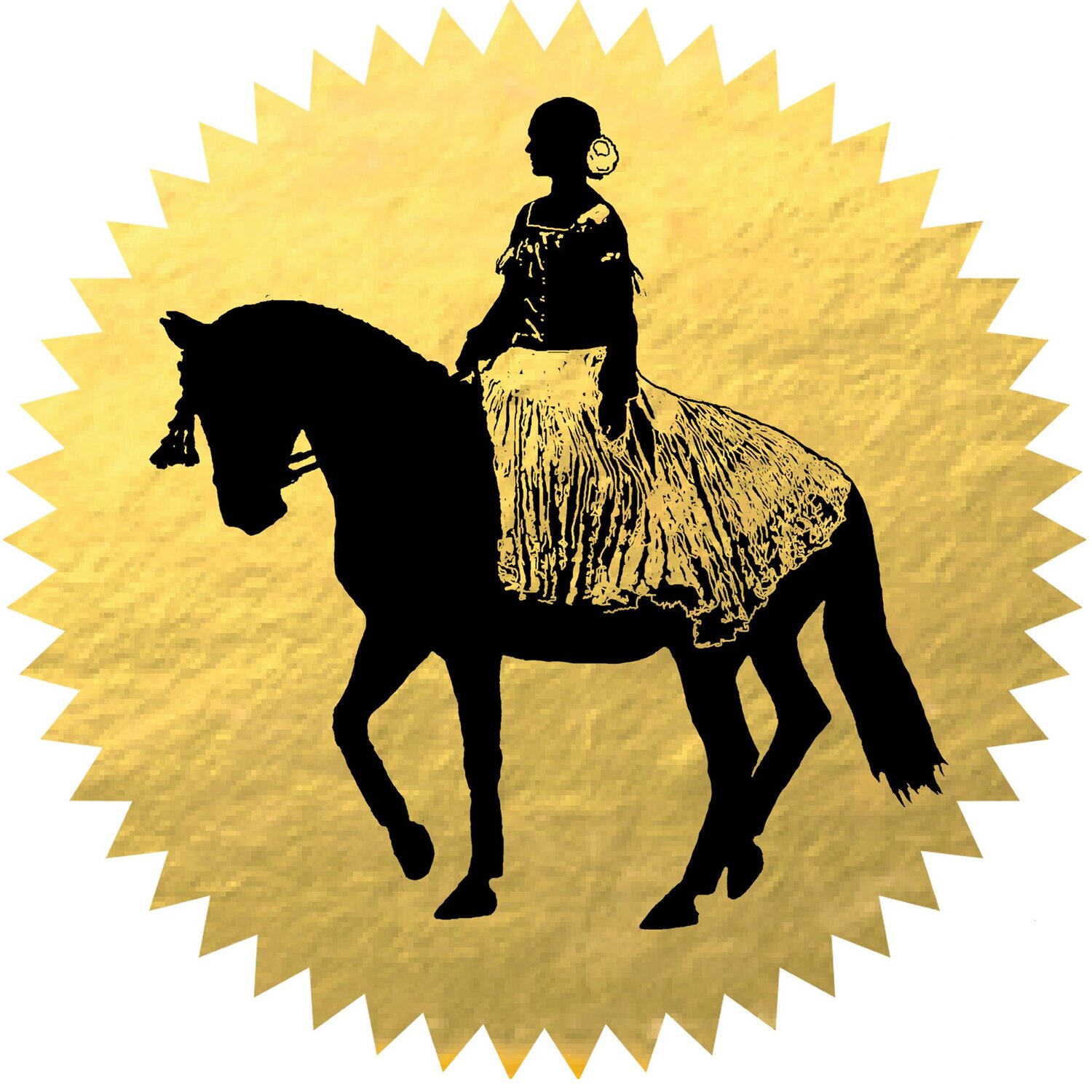Falcyyr TV Series - Now Available on Vimeo!
/For the past two years I have been involved with a film project called Falcyyr, which is directed by Ahura Diliiza. I play Artemis, Goddess of the Hunt, and Douwe is the special steed for the main actress Sinai Diliiza.
My character, Artemis, teaches the Falcyyr how to ride a horse in Episode #6, click here to watch. Both Douwe and Rovandio are used for this scene. It was fun to utilize my teaching skills and the horses behaved very well for the different actresses.
You will also see the herd of horses from Isaac Royal Farm where the scenes were filmed. Many of the horses are Lipizzan or Andalusian crosses.
You can watch each separate episode of Falcyyr for $1 on Vimeo. You can also rent them all for $8 or download them for $12.
Check out Maine Today's article with Douwe as the featured photo:
Women rule in Maine-made fantasy ‘Falcyyr’









